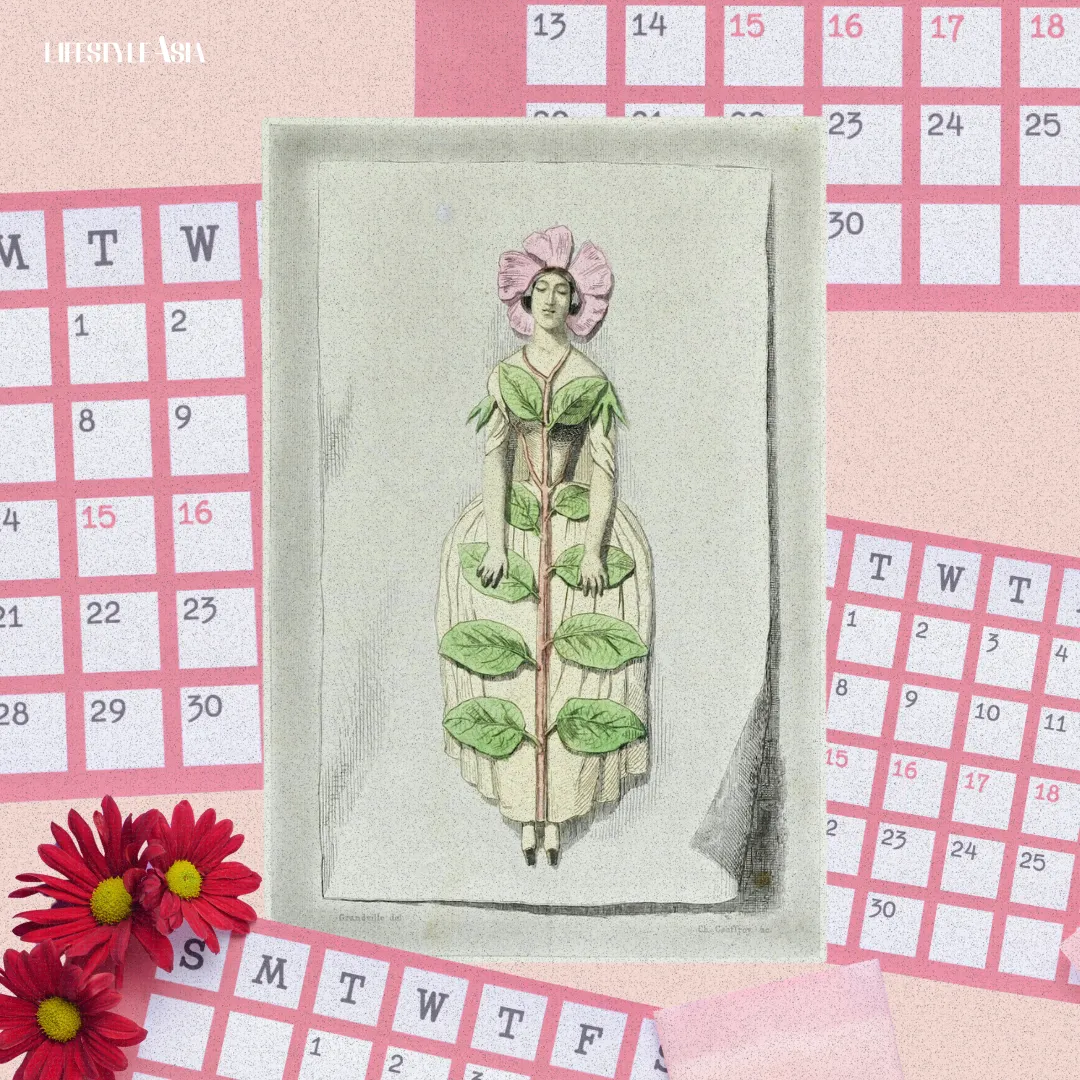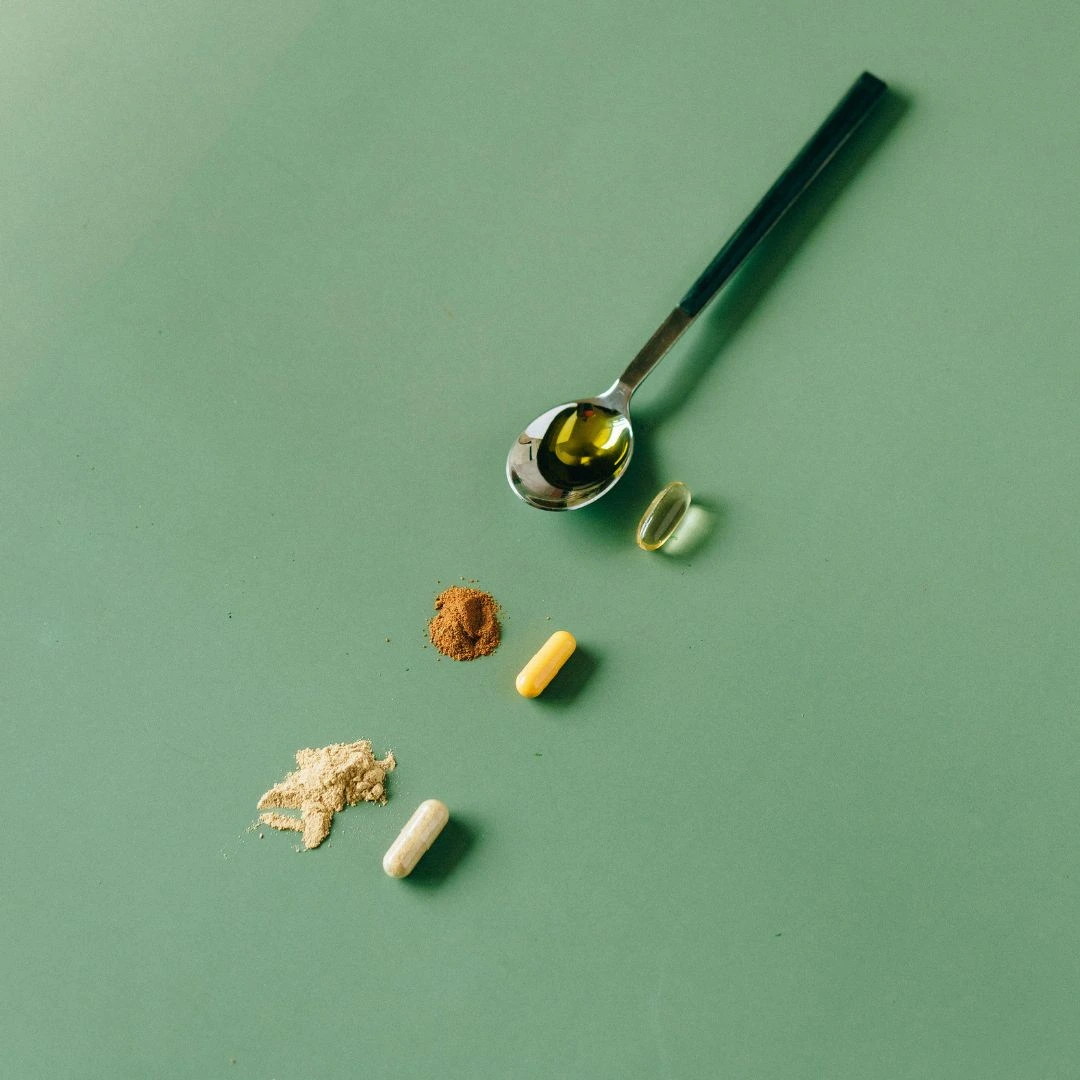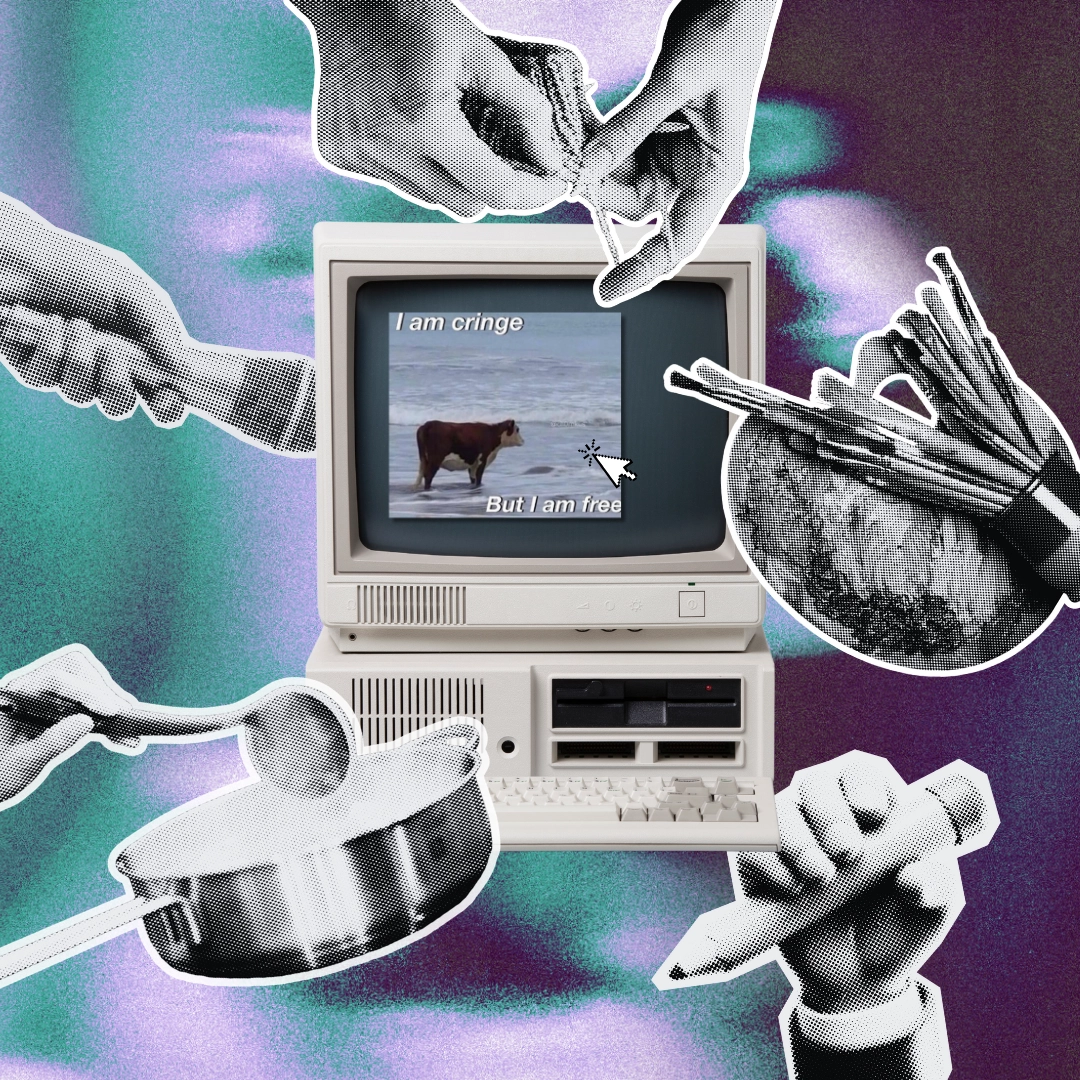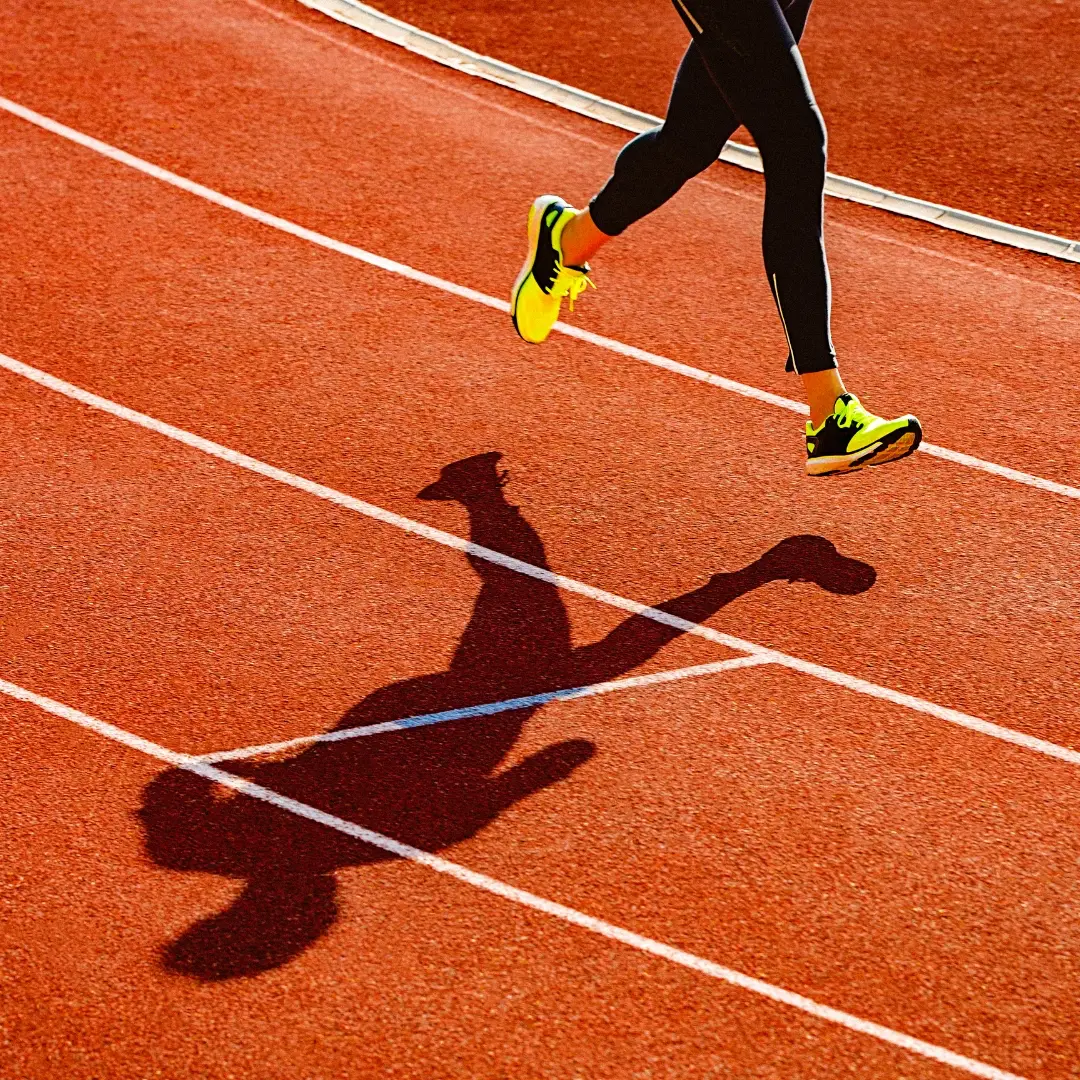Your menstrual cycle is more than just your period. It’s a month-long training guide with four phases that can help you know when to push hard and when to prioritize rest. Here’s how to sync your fitness and nutrition for better results.
I’ve been active for most of my life—running, lifting, golf, Pilates, you name it. But it wasn’t until recent years that I discovered how much the menstrual cycle impacts energy, mood, and training. Even more surprising? I only started consciously applying this understanding to my training routine and habits this year. This knowledge has been empowering and the difference—game-changing.
Here’s what I wish I’d known sooner: the menstrual cycle isn’t just about our periods. It’s a month-long rhythm with four distinct phases, each with unique hormonal shifts. By aligning your workouts and nutrition with these phases, you can feel more energized, perform better, recover faster, and avoid unnecessary burnout. You’ll learn when to push and when to be kinder to yourself. Every woman deserves to know how to work with her body instead of against it.
READ ALSO: Wait, Do I Have PCOS?
Menstrual Phase (Days 1 to 5)
What’s Happening: Hormones like estrogen and progesterone are at their lowest. Your body is shedding the uterine lining, which is why energy levels dip. Symptoms may include cramping, bloating, headaches, and fatigue.
How You Might Feel: Low energy, emotionally sensitive, preferring quieter activities and more alone time.
Best Workouts: Gentle movement is your friend. Think restorative workouts like yoga, walking, light Pilates, or stretching. If you feel up for it, short, easy cardio can help ease cramps by increasing blood flow. Don’t push for personal bests—this is your body’s recovery time.
What To Eat: Iron-rich foods like leafy greens, beans, red meat, and lentils to replenish what you’ve lost. Warm, comforting meals such as soups and stews can help ease digestion and bloating. Stay hydrated and focus on electrolytes. Magnesium-rich foods like dark chocolate, nuts, or seeds may help reduce cramps.
READ ALSO: Pilates vs. Lagree: What’s The Difference And Which One’s For You?
Follicular Phase (Days 6 to 14)
What’s Happening: Estrogen rises, the uterine lining rebuilds, and your body prepares an egg for release. This phase is all about renewal.
How You Might Feel: Energized, motivated, with sharper focus. You may feel more social and adventurous with both food and workouts. I personally find this to be when I feel my best.
Best Workouts: This is your prime time for performance. Strength training, HIIT, long runs, or new workout classes all fit perfectly here. You’ll likely feel stronger and recover faster compared to other phases. Use this window to build muscle and push intensity.
What To Eat: Fresh, whole foods like salads, lean protein, berries, and whole grains work well now. Complex carbs like rice help fuel your higher activity levels. Probiotic foods such as yogurt and kimchi support gut health as estrogen levels climb.
READ ALSO: Inside the Resurgence Of Running
Ovulation Phase (Days 15 to 17, Varies)
What’s Happening: Estrogen peaks, luteinizing hormone (LH) triggers the release of an egg, and testosterone also rises briefly. Your body is at its most fertile.
How You Might Feel: Confident, high energy, glowing skin, stronger libido. This is the “I feel amazing” window for many women.
Best Workouts: Peak power time. Take advantage of your strength, stamina, and motivation. Go for heavy lifting, sprints, interval training, or competitive sports. Just be mindful that ligaments may be looser during ovulation, so proper warm-ups are crucial to avoid injury.
What To Eat: Anti-inflammatory foods to support your body through this intense hormonal phase, such as avocado, nuts, olive oil, salmon, and colorful vegetables. Zinc-rich foods like pumpkin seeds and chickpeas help support hormonal balance.
READ ALSO: Everything You Need To Know About the HYROX Hype
Luteal Phase (Days 18 to 28)
What’s Happening: Progesterone rises, preparing the body for a possible pregnancy. If no fertilization occurs, hormones drop toward the end of the phase, leading to PMS symptoms.
How You Might Feel: The early luteal phase can feel steady, but as days progress, you might notice bloating, mood swings, fatigue, cravings, or irritability. Sleep may also be disrupted during this time. This is when I notice the most challenging symptoms.
Best Workouts: Early in this phase, your body still supports strength and endurance training. As PMS symptoms develop, switch to lower-impact movement like cycling, barre, moderate strength work, or swimming. Toward the final days, lean into Pilates, yoga, or walking. Listen to your body and be kind to yourself—consistency of movement matters more than intensity.
What To Eat: Complex carbs like rice, quinoa, and oats help stabilize mood and reduce cravings. Magnesium and B vitamins support energy levels and may reduce irritability. Aim for smaller, frequent meals to combat bloating. Herbal teas such as ginger or chamomile can soothe digestion and ease discomfort.
READ ALSO: The Japanese Walking Trend Going Viral For All The Right Reasons
Work With Your Body, Not Against It
Your menstrual cycle is like a built-in training and wellness guide. By tuning into each phase, you can optimize workouts, eat smarter, and be kinder to yourself when energy dips. Most importantly, it helps you shift from frustration (“Why am I so tired this week?”) to self-awareness (“My hormones are low; I’ll prioritize rest”).
Every woman’s cycle is unique, but once you start tracking yours, you’ll notice patterns. Keep a simple journal or note how you feel on certain days. When your energy or performance feels off, consider where you are in your cycle. Instead of fighting your body, honor its rhythm. This approach will help you return stronger, healthier, and more balanced. After all, fitness isn’t just about pushing through; it’s about working in harmony with the body you live in every day.





